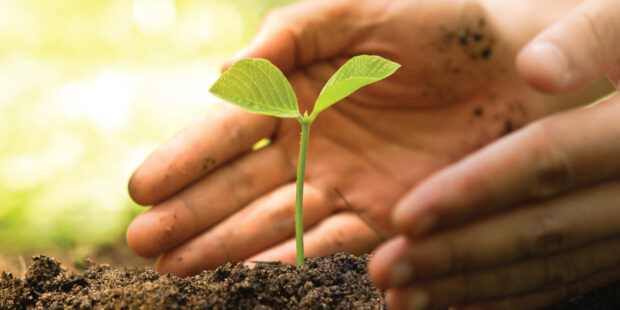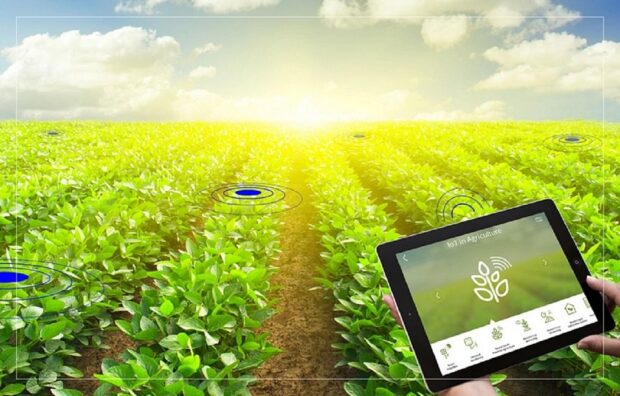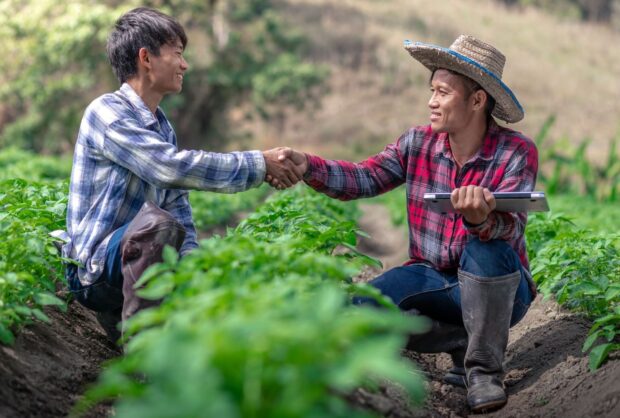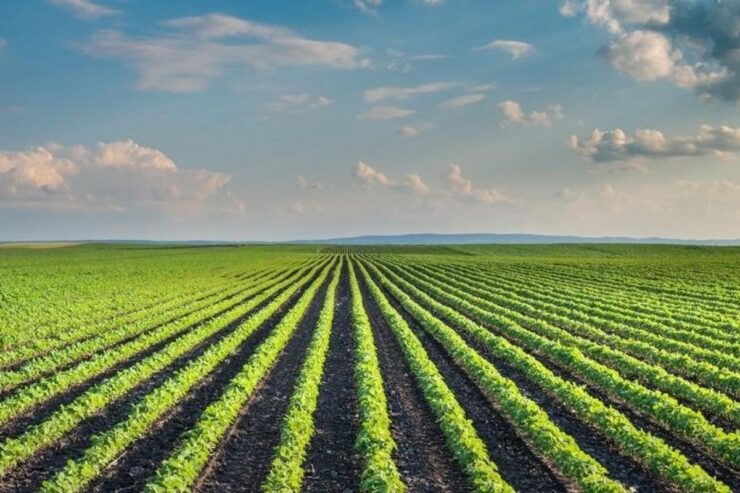Agriculture is the backbone of human civilization, a truth that remains unchanged even in our technologically advanced age. However, the current methods of farming and food production are increasingly under scrutiny for their impact on the environment. Sustainable agriculture offers a path forward, balancing the need for food production with the imperative to preserve our planet. This blog post delves into the concept of sustainable agriculture, providing actionable tips for those interested in adopting a more future-forward approach.
The Importance of Sustainable Agriculture
Environmental Benefits

There are several advantages for the environment when these practices are used. They support biodiversity, minimize water use, and lower greenhouse gas emissions. Crop rotation, cover crops, and decreased tillage are a few techniques farmers may use to preserve soil health and lower their carbon impact.
Economic and Social Impacts
Beyond environmental benefits, sustainable agriculture can positively impact the economy and society. It can lead to more resilient food systems, reduce dependence on chemical inputs, and provide economic benefits to farmers through cost savings and potentially higher yields. Moreover, it ensures a healthier work environment for farm workers and contributes to the overall well-being of local communities.
Implementing Sustainable Techniques
Soil Health and Water Management
Healthy soil is the foundation of sustainable agriculture. Practices like composting, using green manures, and practicing crop rotation improve soil fertility and structure. In addition, innovative materials like Growfoam offer eco-friendly options for soilless cultivation, enhancing sustainable practices. Efficient water management is also crucial. Techniques like drip irrigation and rainwater harvesting can significantly reduce water usage and waste.
Integrated Pest Management and Crop Diversity
Integrated Pest Management (IPM) is an environmentally friendly approach to dealing with pests, using methods like biological control, habitat manipulation, and resistant varieties. Embracing crop diversity through polyculture and agroforestry can also enhance ecosystem resilience, reduce pest outbreaks, and improve overall crop health.
Embracing Technology in Sustainable Farming
Precision Agriculture and Data Analysis

Precision agriculture leverages technology like GPS, drones, and IoT devices to optimize field-level management. This approach allows for more precise application of water, fertilizers, and pesticides, reducing waste and environmental impact.
Renewable Energy and Automation
Incorporating renewable energy sources such as solar and wind power can significantly reduce the carbon footprint of agricultural operations. Automation technologies, including robotic tractors and automated irrigation systems, can increase efficiency and reduce labor costs, making sustainable practices more accessible and cost-effective for farmers.
Community Involvement and Education
Educational Programs and Workshops
Educational programs and workshops can equip farmers, students, and community members with the knowledge and skills necessary for sustainable farming. These initiatives can range from university courses to local community workshops, covering topics like organic farming, composting, and sustainable water management.
Community Supported Agriculture (CSA) and Local Markets

Community Supported Agriculture (CSA) programs and local farmers’ markets foster a direct connection between consumers and farmers. They promote local, sustainably grown produce, supporting farmers financially while educating the public about the benefits of sustainable agriculture.
Conclusion
Sustainable agriculture is not just a set of practices; it’s a philosophy that respects the interdependence of human activities and the natural world. By adopting these methods, we can contribute to a healthier planet while still meeting our present and future food needs. This approach is essential for the well-being of our planet and future generations.




























